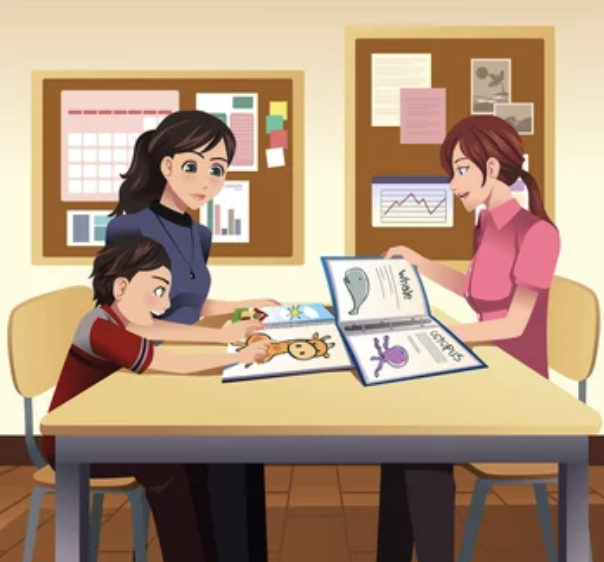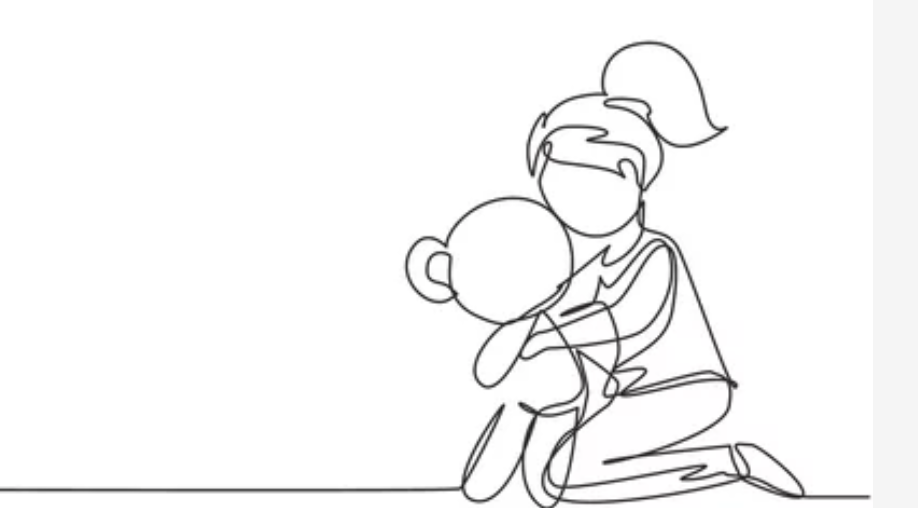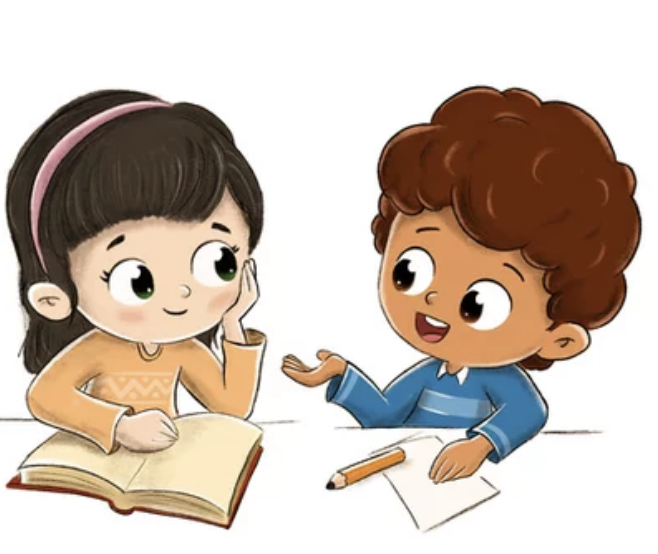Post 222
I’ve had a few questions about spelling lately. How important is it? When should students be spelling words correctly? How to help them spell? All of these are legitimate concerns.
Currently, at least in my district, children in Kindergarten are encouraged to write and their spelling is phonetic. That means they “write what they hear” so “cat and dog” might look something like “ct n dg”. Or “I like you” could be written “i lk u”. The idea is to get students writing freely and bring in correct spelling later. And it works. Most children are confident writers by the time they start First Grade no matter what reading level the are on. The mantra is “writers become writers by writing”. And it’s very hard to write if you are constantly told to correct spelling and go back and fix it. Talk about taking the fun out of it! lol.
But, at some point, children need to learn the correct way to spell. That’s why most districts use a phonics program, too. Students are told to “stretch out the words” and listen for the sounds, especially vowels.
But as your little one gets along in school the dreaded spelling list and weekly spelling tests still appear. (Can you remember how boring they were? They still are!) And once students get computer savvy, the question arises, “Why can’t I just use SpellCheck?” And, of course, they can! But they still need to be able to spell to get along in the world.😀
Usually learning how to study for a spelling test comes along with maturity. But if your child eventually needs some help, try to make a game out of it. Use those spelling rules (ex. I before e except after c), find small words inside of bigger ones, remind them that all words have to have vowels and look for them. Another way I have found particularly successful is to say the word the way it’s spelled when learning it. For example Wed-Nes-day , of-Ten, sep-a-rāte. And don’t be afraid of drill with flash cards or online games. (I personally like spellingtraining.com but there are a lot out there.) Of course, when your child gets to homophones (words that sound the same but are spelled differently such as lone/loan, their/there, etc.) memorization is key. In that case, I would probably make up pairs of cards and try to explain the differences in an easy to remember way. (lOne has the “o” by itself… aLONE, tHERE is a place..here, etc.)
So, is spelling necessary? Ultimately, yes. And with maturity and sometimes a little help, your child will get there.
Take Care. 🙂
***If you have any ways you recommend to help reluctant spellers, please put them in the comments.😀
































